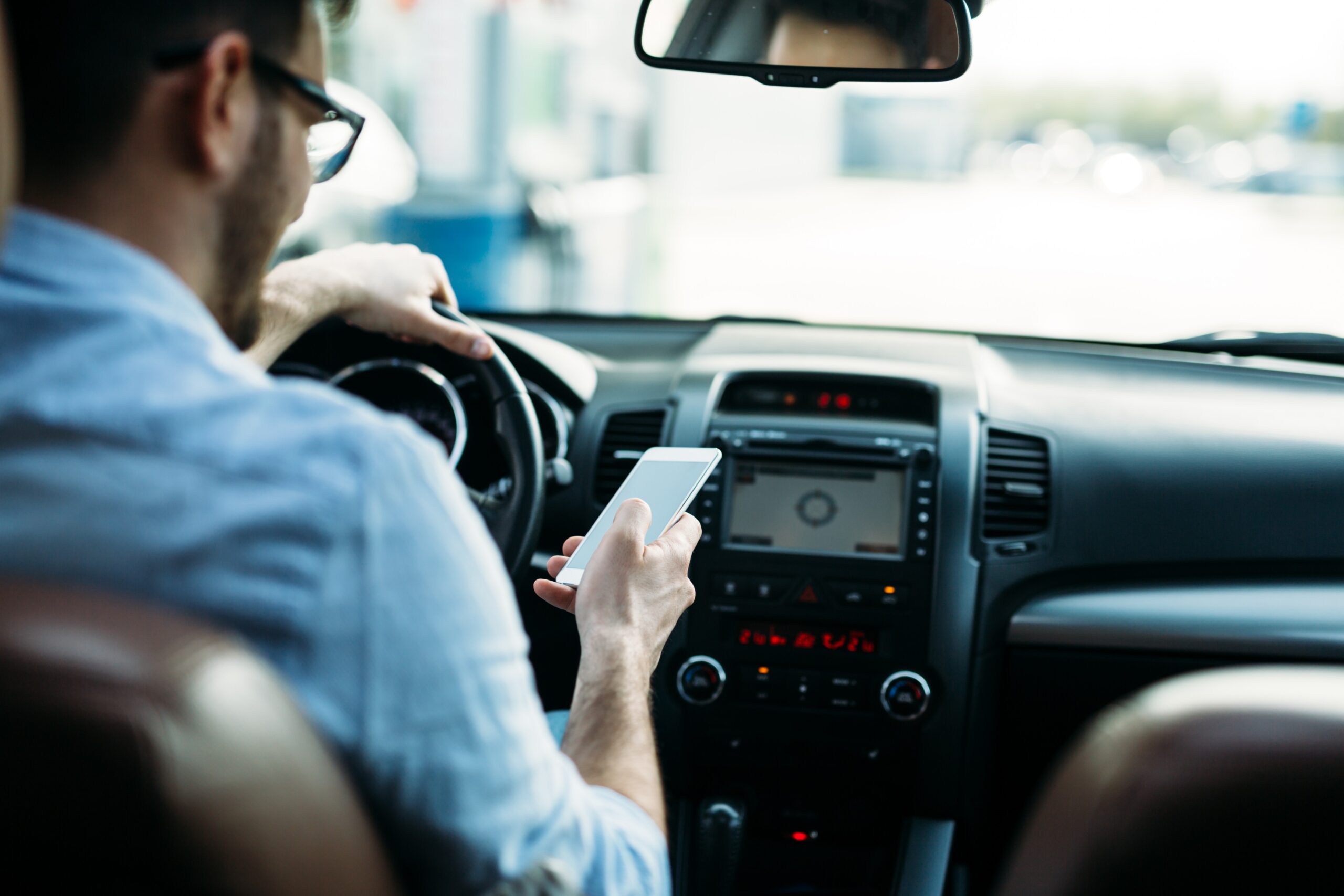Distracted driving is a leading cause of accidents on the road today. Texting, eating, fiddling…
The Common Forms of Distracted Driving That Have Disastrous Consequences – Guest Post

Every time a driver glances away from the road, a life hangs in the balance. These small acts carry enormous risks, from checking text messages to adjusting the radio. Distractions steal attention and shatter lives.
These preventable incidents leave lasting scars, physical, emotional, and financial. In New York City, home to over 8.5 million residents, traffic never sleeps. A vibrant economy powered by finance, media, healthcare, and tourism fuels constant movement across the five boroughs.
In this dynamic environment, focus behind the wheel becomes critical. When drivers lose concentration for even a second, consequences unfold fast. Victims and families often turn to NYC’s distracted driving lawyers, who fight for justice and help secure fair outcomes after these devastating collisions. Let’s discuss the common forms of distracted driving that have disastrous impacts on your life.
Visual Distractions
Drivers take their eyes off the road more often than they realize. Glancing at a phone, looking at GPS directions, or watching activity outside the vehicle diverts attention. These visual distractions delay response times and reduce awareness.
A second of lost focus often results in missed signals, swerving into another lane, or striking a pedestrian.
Manual Distractions
Taking one’s hands off the wheel directly threatens vehicle control. Actions like eating, grooming, or reaching for items on the floor break a driver’s physical connection to the road. When one hand leaves the steering wheel, the margin for correction vanishes.
Drivers who fumble with a sandwich or apply makeup lose the ability to react quickly. Manual distractions create gaps in control that can lead to disaster.
Cognitive Distractions
Mental focus plays a key role in safe driving. Daydreaming, replaying conversations, or stressing about personal matters draw attention away from the immediate task. Even with eyes on the road and hands on the wheel, a distracted mind drifts.
Drivers under emotional stress or deep in thought respond more slowly to hazards and often overlook traffic signals or sudden changes.
Texting and Smartphone Use
Texting while driving combines visual, manual, and cognitive distractions into one lethal activity. Reading or composing a message simultaneously steals the driver’s eyes, hands, and mind. Smartphones encourage a false sense of control, tricking users into believing they multitask safely. In reality, these devices cause some of the most catastrophic accidents.
Voice Commands and In-Car Tech
Newer vehicles promise convenience through voice-activated controls and touchscreens. However, these features often distract rather than assist. Drivers focus on menu screens, engage with entertainment systems, and give verbal commands while moving through traffic. The illusion of safety from hands-free technology encourages careless habits.
Distractions from Passengers
Conversations inside the vehicle pose another significant risk. Loud discussions, arguments, or children requiring attention divert focus from the road. Teen drivers face higher risks when traveling with friends, as peer influence drives reckless behavior.
Even a well-meaning passenger offering directions may cause the driver to misjudge a turn or miss an obstacle. Human interaction inside the car often becomes a silent contributor to traffic tragedies.
Distracted driving wears many masks, some obvious, others deceptively subtle. Every glance, movement, or thought that shifts focus from the road brings danger closer. These common distractions wreak havoc across roads and claim lives in seconds. Drivers who stay fully engaged protect themselves, their passengers, and everyone around them.

